A talk with Sylvia Girón and Silvia Hengstenberg
The Sibarist is a real estate agency out of the ordinary. This year they celebrate 10 years with the same vocation of personalized attention and the same purpose. Here they explain it to us and tell us all about their trajectory.
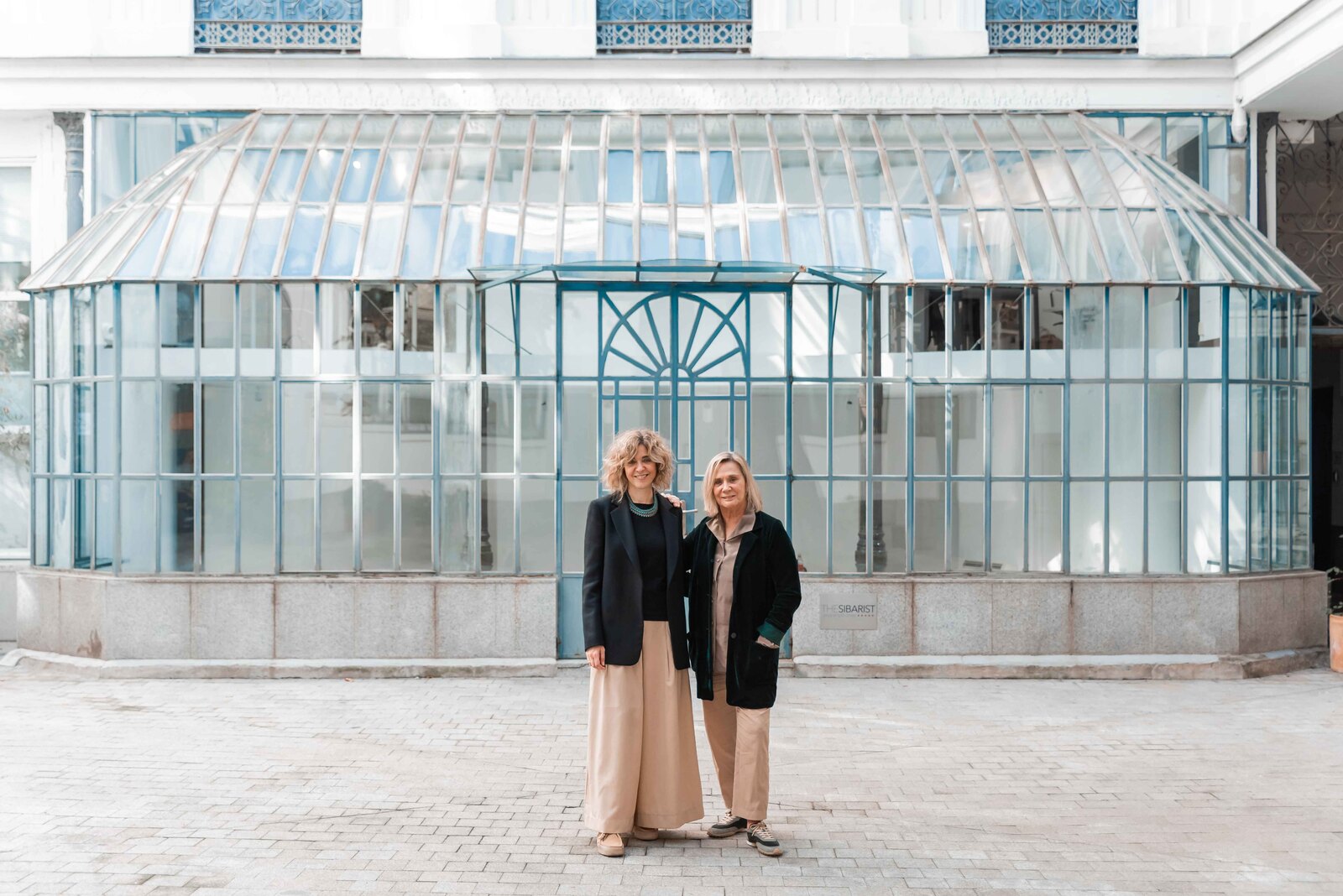
The Sibarist breaks the mold for its way of doing things, for the quality of its portfolio of houses for living, traveling or celebrating events, and also for its headquarters, a greenhouse hidden in a 19th century building in the cosmopolitan neighborhood of Justicia, Madrid.
It opened its doors on October 1, 2014, the date on which World Architecture Day was celebrated. With the idea of creating a brand with a marked DNA influenced by architecture, art and design, Sylvia Girón and Silvia Hengstenberg joined their professional careers, the first an entrepreneur and independent real estate consultant and the second, in the world of hospitality management. In addition to being partners, they are mother and daughter. They flee from the traditional concept understood in the sector as ‘luxury homes’, and define themselves as a boutique real estate company of unique properties.
This year they celebrate their 10th anniversary with the same vocation of personalized attention and the same purpose. Their loyal portfolio of clients values their good work in the ‘made to measure’, the sensitivity of their look and the differentiating proposals for which they bet behind this premise.
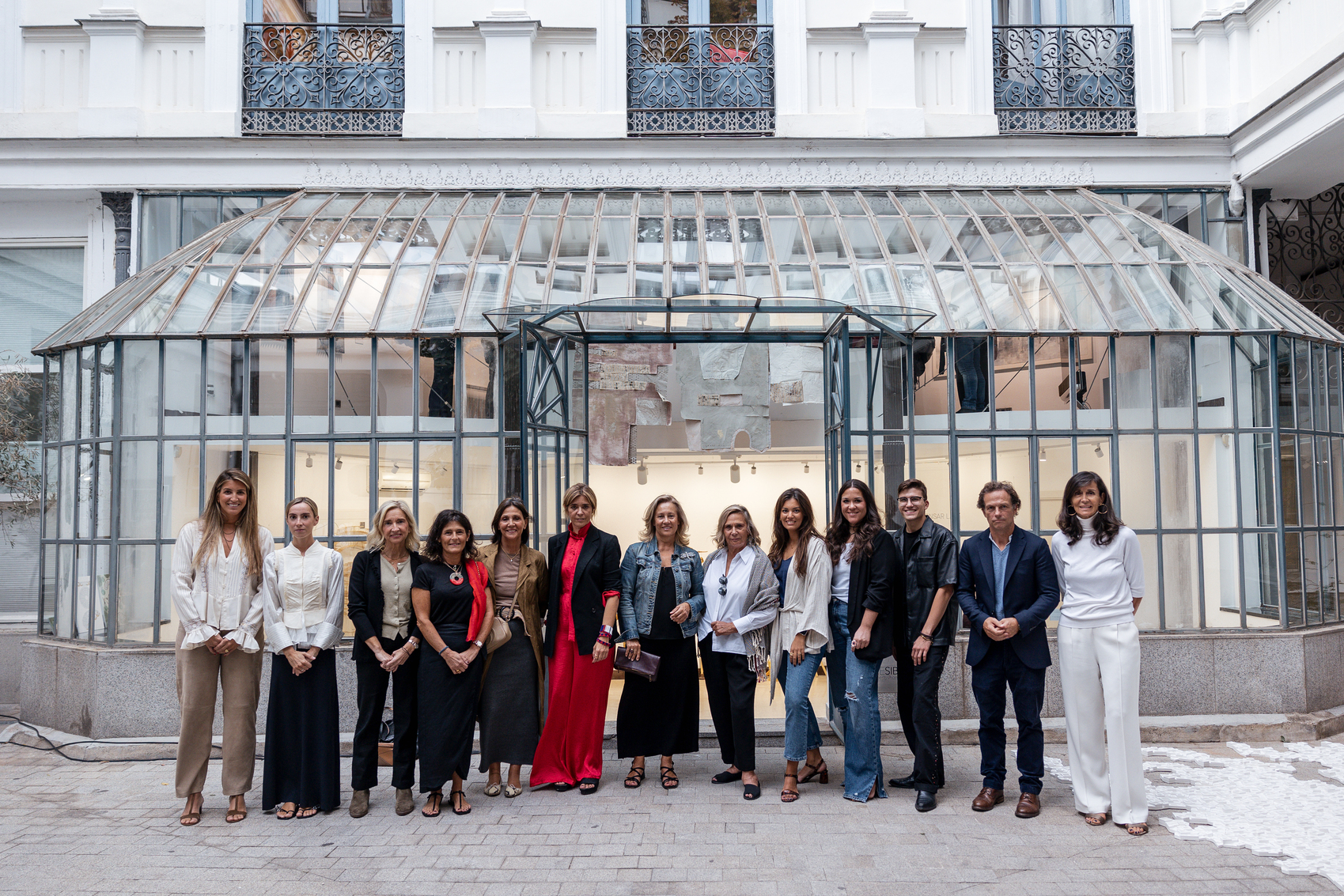
What motivated you to create this boutique real estate company?
We combined our experience in the hotel and real estate sectors and our passion for unique properties. We always had a clear idea of which houses we would like to sell, because not everything works for us.
What were the first steps?
We joined our professional careers more than ten years ago, to enhance the value of a family property in the midst of the crisis, and as a result of this work, which was a success, we decided to gather that experience and experience and build a new real estate concept on that basis. We started working on the project at the end of 2013 with the intention of creating a special brand to sell unique properties in a different way to what had been done in the real estate market so far. The project saw the light of day on October 1, 2014, World Architecture Day, after almost a year.
What did it mean then in the real estate area?
It was a time when there was a lot to do in the real estate market and it seemed to us that for our clients it would be interesting to make a filter of properties that were unique, met the standards we had set ourselves as well as good investments. After valuing that family property in the countryside, we decided to create The Sibarist and we realized that the real estate needed to take into account many factors, from the way of selling to the criteria in the selection of the product.
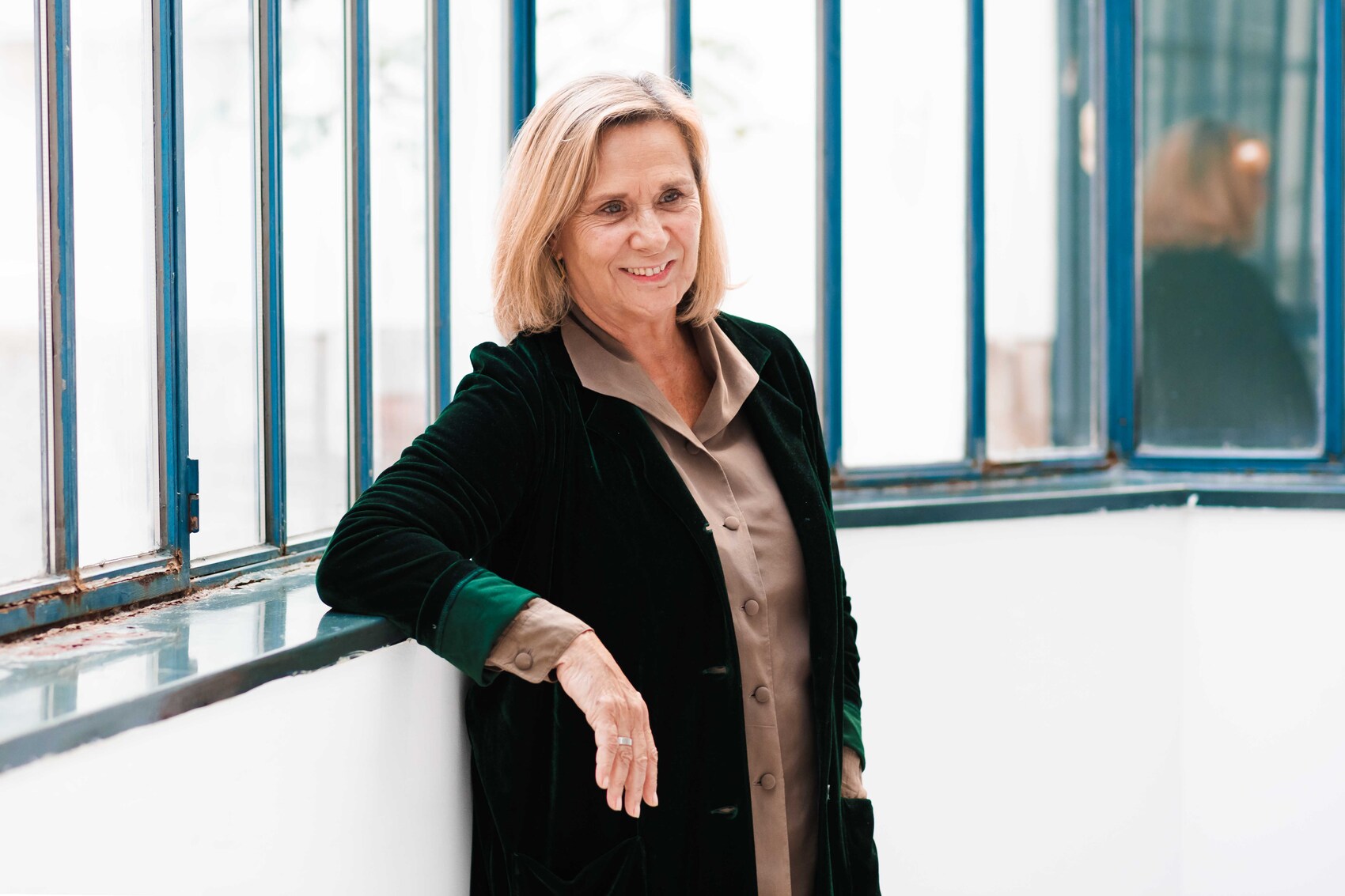
What was the growth process like in broad terms?
We organically created that brand distinction that has architecture, art and design as its DNA and defines very well the type of house that we want to sell in an aspirational way. There are signature homes that are sold with that value already made, there are others that have that potential. In any case, we like to tell about it and recommend it to architecture and design studios to inspire clients who dream of a special house and, in this way, encourage them to make a unique project. We like to prescribe, tell and go beyond so that the attributes of the house are put in value. In the case of houses to rehabilitate, we love that original elements coexist with other more contemporary ones.
What anecdotes do you have from all this trajectory?
We could write more than one book of anecdotes, but for the sake of discretion we don’t tell much. From the buyer not showing up at the notary’s office and losing an important deposit to selling the same property three times in the same year.
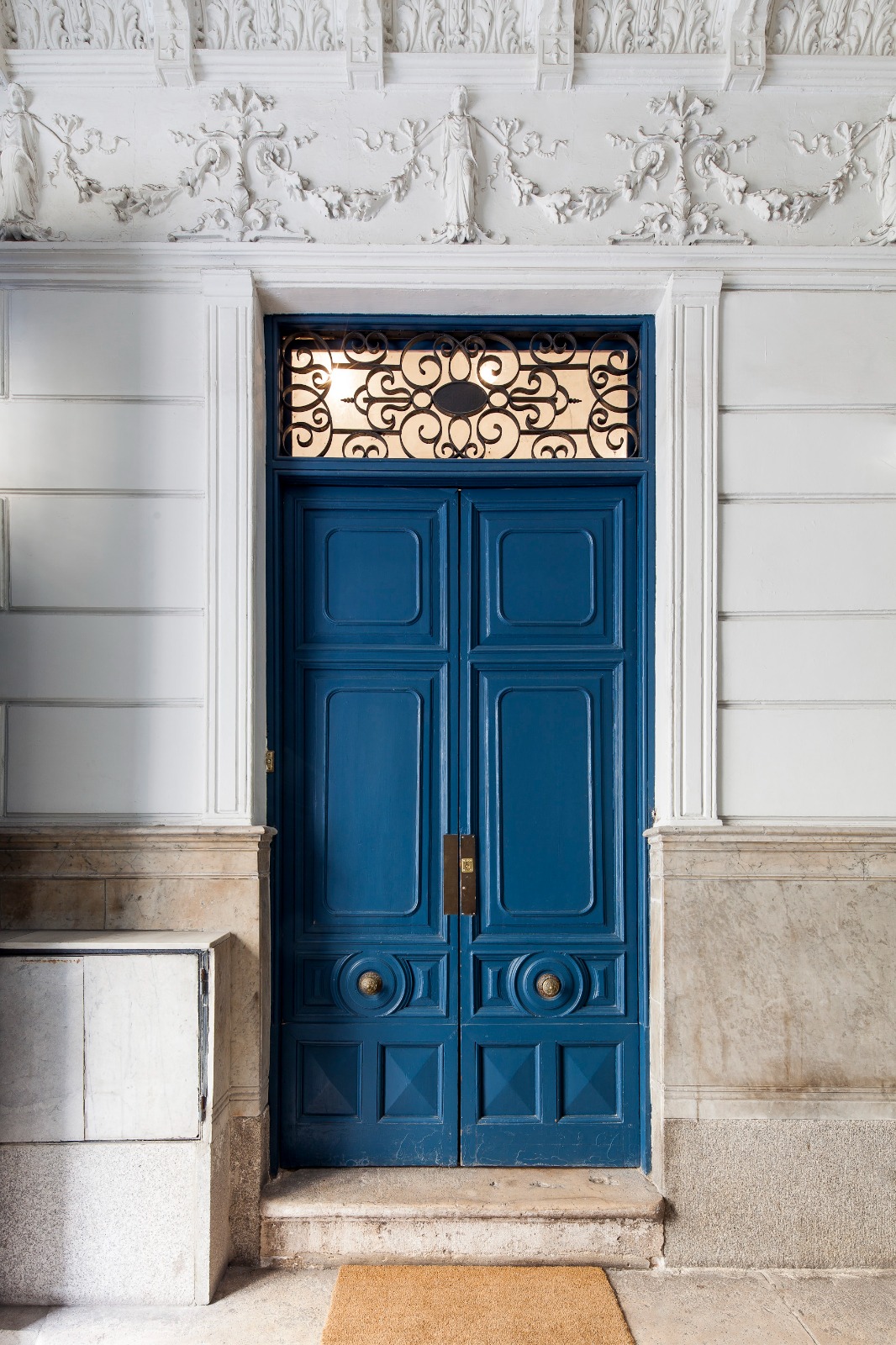
Impossible, impressive houses that you would stay in or that you have had a hard time putting up for sale?
Sylvia Girón: I would stay to live in any of the properties we manage. In our world there is always the house of your dreams, the one you imagine to live in. It is a privilege to tell someone that you have the one they dream of. The first one we added to our portfolio was Casa Levene, by architect Eduardo Arroyo, one of the most awarded Spanish architectural projects of recent times. It took us seven years to sell it; we called it ‘Batman’s house’ because it was so unique, with its glass façade and black basalt stone. The truth is that we never thought about the difficulty we would encounter when trying to sell a house with such avant-garde architecture.
From our passion for architecture comes the challenge of selling this type of property. This effort has turned us into specialists in this type of operations. Fortunately, we are beginning to detect more and more interest in architecture.
Of course, we’ve done a lot of stone throwing here, as with the Casa Levene venture, among others that have followed. We have shown them at architecture festivals, we have organized several exhibitions with photographs and models, and so on. In the case of Casa Levene, over the years clients have come from all over the world to see it and get to know this work of art.
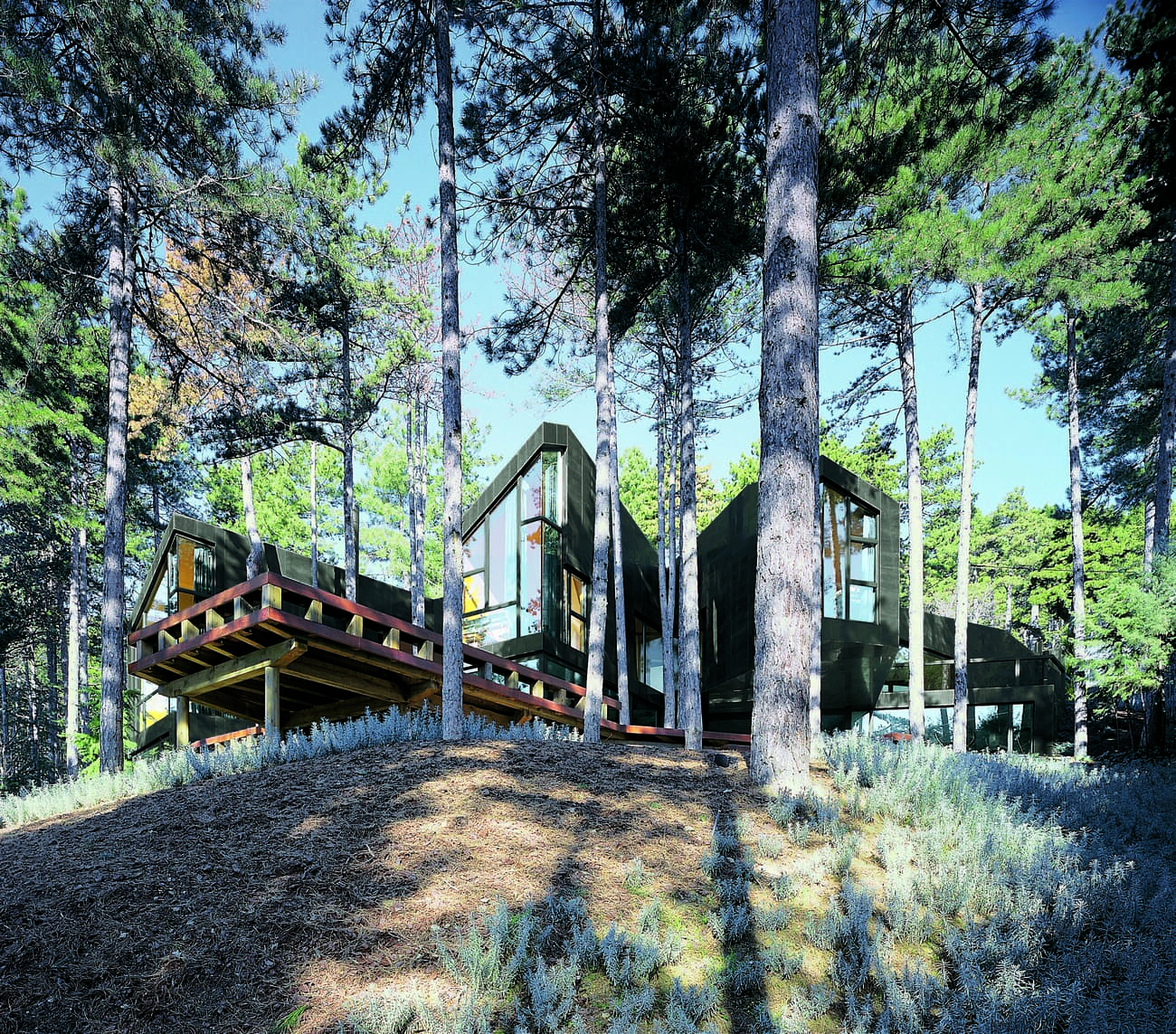
Why in your philosophy are these three disciplines of architecture, art and design?
S.G. I am an interior designer by training, I studied at IADE and, as an interior architect, although I did not practice much, I have that spatial training and I have done more of my own projects than for others. I have always liked design and architecture.
I’m a bit of an artist, I paint now more than ever, in an amateur way, it’s an essential hobby for me.
S.H. We love art and design and we go to fairs and exhibitions every year, such as the Venice Biennale, the Berlin art week, or the Milan design fair, where this year we accompanied Eliurpi. These are branches that interest us a lot. It is not the same to coexist in a space or a house with these disciplines than without them. A house The Sibarist values this differentiation very much. That is why my mother’s backup is very important. For my part, I come from the luxury hotel sector, where the customer experience is as important as the design and quality offered. In hotels, every space is profitable, hence the reason why The Sibarist as a brand monetizes its real estate portfolio with events and shootings. After studying a degree in Tourism Management with a specialization in Hotels, I did a Masters in Hospitality Management at the Swiss school Les Roches, and worked in international chains, in 5* GL and as a consultant in national hotel projects. My passion for architecture, art and design comes from my DNA! In my family there is a lot of love for houses.
How do you explain the DNA you talk about?
Uniting all these worlds, real estate, interior design and hotel management closes the circle to understand The Sibarist and gives meaning to everything. The luxury of the unique, of the experience. The client profile of a five-star hotel is very similar to the one you have as a real estate client or as a traveler. The client who comes to us is very similar to us, he feels identified with our philosophy and shares the same sensitivity and taste for detail.
Have there been different stages in this decade?
S.H.: We have always been faithful to what we say we are, in fact, when we rebranded three years ago we did not change a single comma, that is, the strategy and our raison d’être remain intact. From the beginning we started with that transversality of having an architectural house like Levene’s, a traveler’s house, specifically, a triplex in Ópera with a fireplace, which had our own interior design and a space for events, El Invernadero. The three concepts started at the same time and we continue as we did then, the main business is real estate, with houses for travelers and houses and spaces for events. It has been and is our way of being in our clients’ lives in the long term: you look for their habitual residence, you help them with the house to go on vacation and you manage a location where they can show their product. In addition, in the early days of The Sibarist, we decorated our homes in the travelers’ collection ourselves, we knew many emerging artists and we put their work in those homes, which combined architecture, art and design.
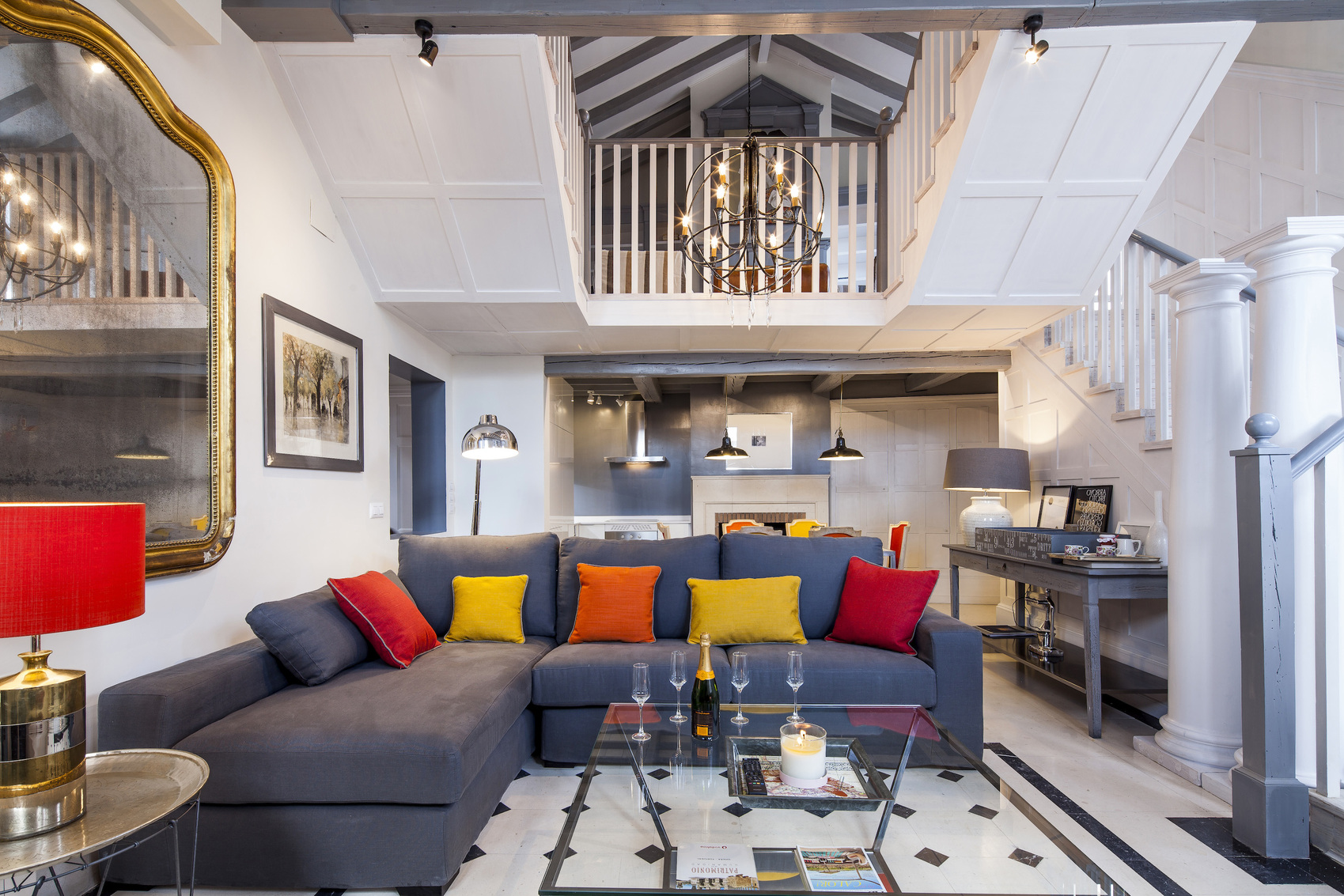
I imagine this was the germ of your Art U Ready platform, what does it consist of?
We were always looking for original work by emerging artists for our interior design projects and in 2016 we decided to make an off of the ARCO fair which we called ART U READY. The idea was to bring the public closer to emerging artists which we exhibited in unique spaces in our environment (hence the U), usually not open to the public, putting in value our area, formed by the streets San Lorenzo, San Mateo, Hortaleza and Santa Brigida. In all of them there were secret places to show. In this way, we grouped openings of art exhibitions in different spaces and for a week we made a program in collaboration with four other companies. Then we started to leave the ARCO week and we focused more on El Invernadero, and so we continued, showing emerging and transversal artists to help them take a step in their career, giving them visibility. We turned ART U READY into a platform that selects emerging artists, acting as a temporary gallery. The Greenhouse as a setting for this seems to us a very poetic place, as it alludes to its origins, it is the place where the first seeds germinate. ART U READY is our way of contributing to our immediate environment, in a way as a corporate social responsibility. We organize between two and four projects a year, always coinciding with the week of ARCO (this week in addition to the exhibition in El Invernadero we organize another private exhibition in a secret location of our real estate portfolio) and also on the occasion of the Architecture Week in Madrid. This is the second year that we have organized a group exhibition and this September we have exhibited 14 artists, the result of a call for entries to ‘Thinking the City’, with an exceptional jury. There has been a special prize and the winning artist will be the one to exhibit individually at El Invernadero during the week of ARCO 2025.
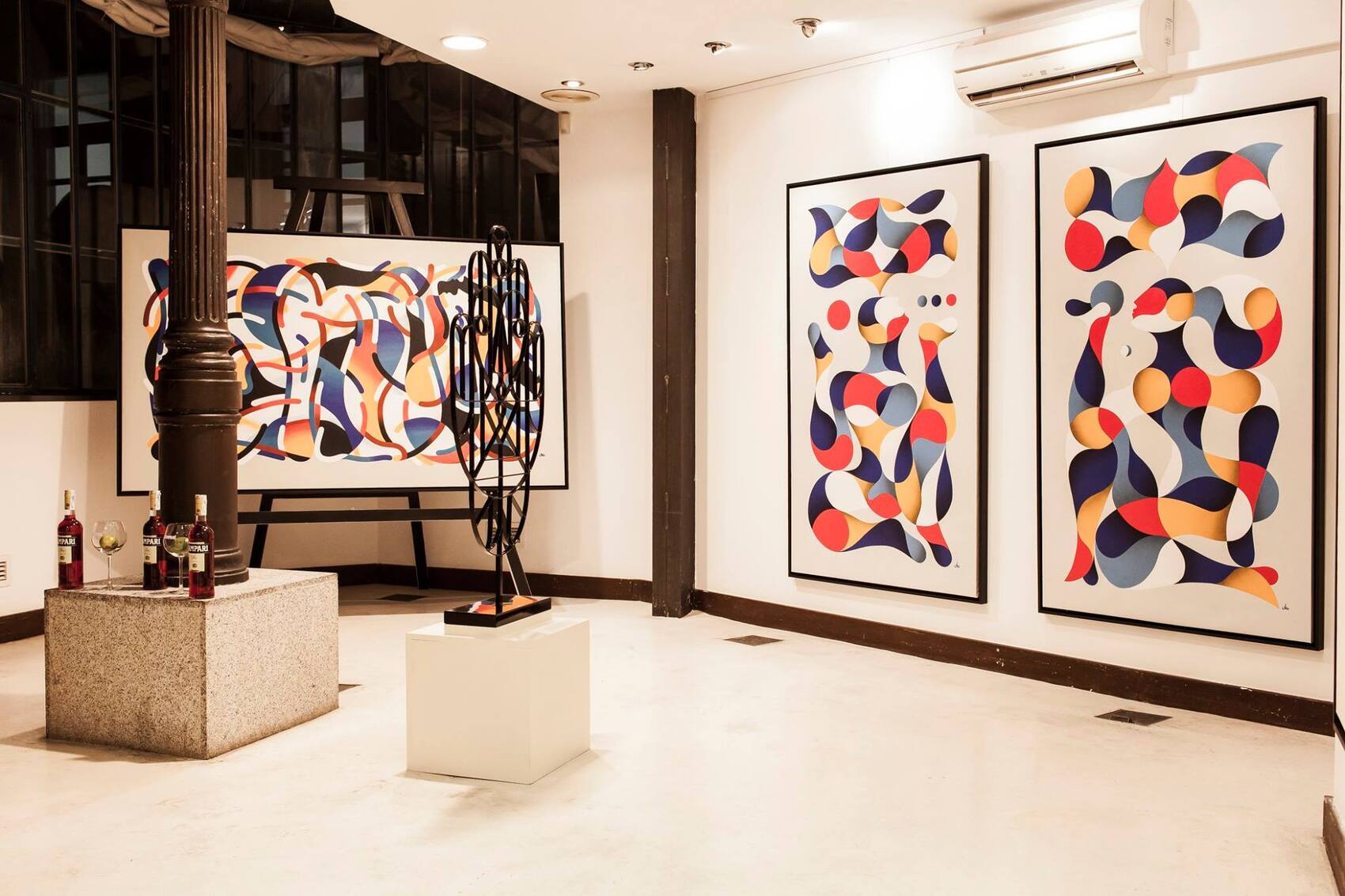
What three qualities does a property have to have to become part of your portfolio?
A good location, uniqueness, which is a determining factor, and the potential to turn it into an object of desire.
Where is the red line and what can’t a house with The Sibarist seal have?
A bad location, a disturbing environment, bad views, bad construction and, in general, bad taste. We have a definition of good taste but it doesn’t have to correspond to everyone’s taste. We always say no to what is not The Sibarist.
What is your customer’s sketch?
We have clients with different motivations such as, for example, investors who are looking to buy well and put in value, or people who want houses to live in. Some houses are sold turnkey, already refurbished and furnished, others prefer the raw property to be refurbished. As for the nationalities, it depends on the areas, if it is in Madrid capital, prime areas such as Recoletos, Jerónimos, Justicia, Almagro or Jerónimos, we work a lot with Latin American clients. We are seeing more and more Nordic and North American clients. Also Spaniards in other areas of Madrid such as Aravaca, Nueva España or Hispanoamérica. On the other hand, in the north, for example in Cantabria, there are many Spanish clients, but also from Canada and France, North Americans and Latin Americans, especially Mexicans.
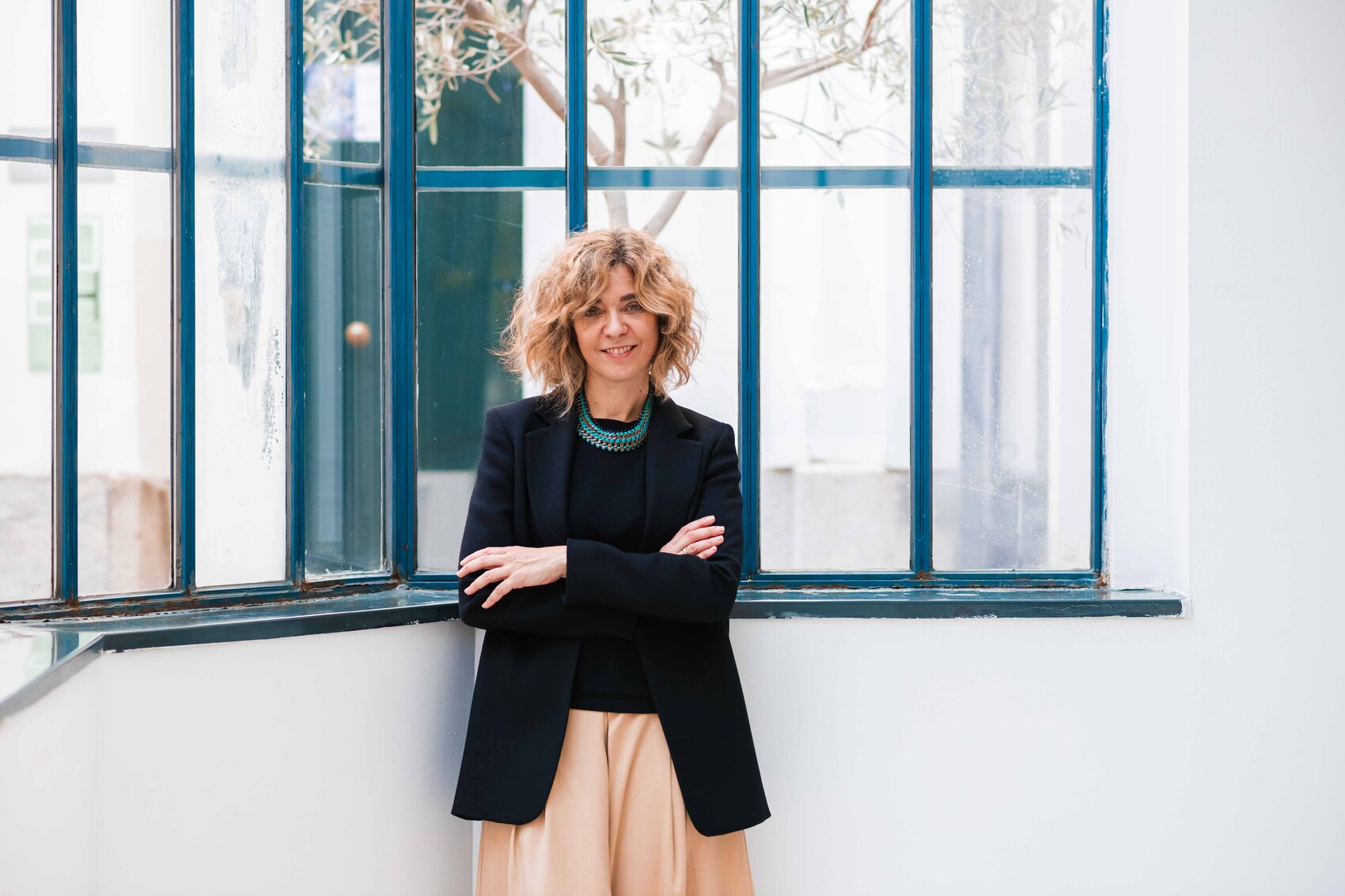
Does the concept of the home collector exist in the real estate world? What is it like?
That’s a bit of a rara avis. If it exists, collecting a work of art is not the same as collecting a house. When we managed the Levene House we had that idea. Architecture does have collectors, they are less common, but there are clients who collect houses based on locations, Madrid, Paris, London, Miami, a country estate… This is related to the luxury circuit. They are also attracted to architectural houses. Not everyone knew how to appreciate them in Spain, but they are becoming more and more interesting. We believe that from the real estate sector we have done a lot in that sense. We have participated in architecture festivals (we have been participating in Open House Madrid for ten years), organized round tables to talk about specific houses and held architectural photography exhibitions.
The Sibarist in figures, how many properties have you sold in these ten years?
Close to 200 houses.
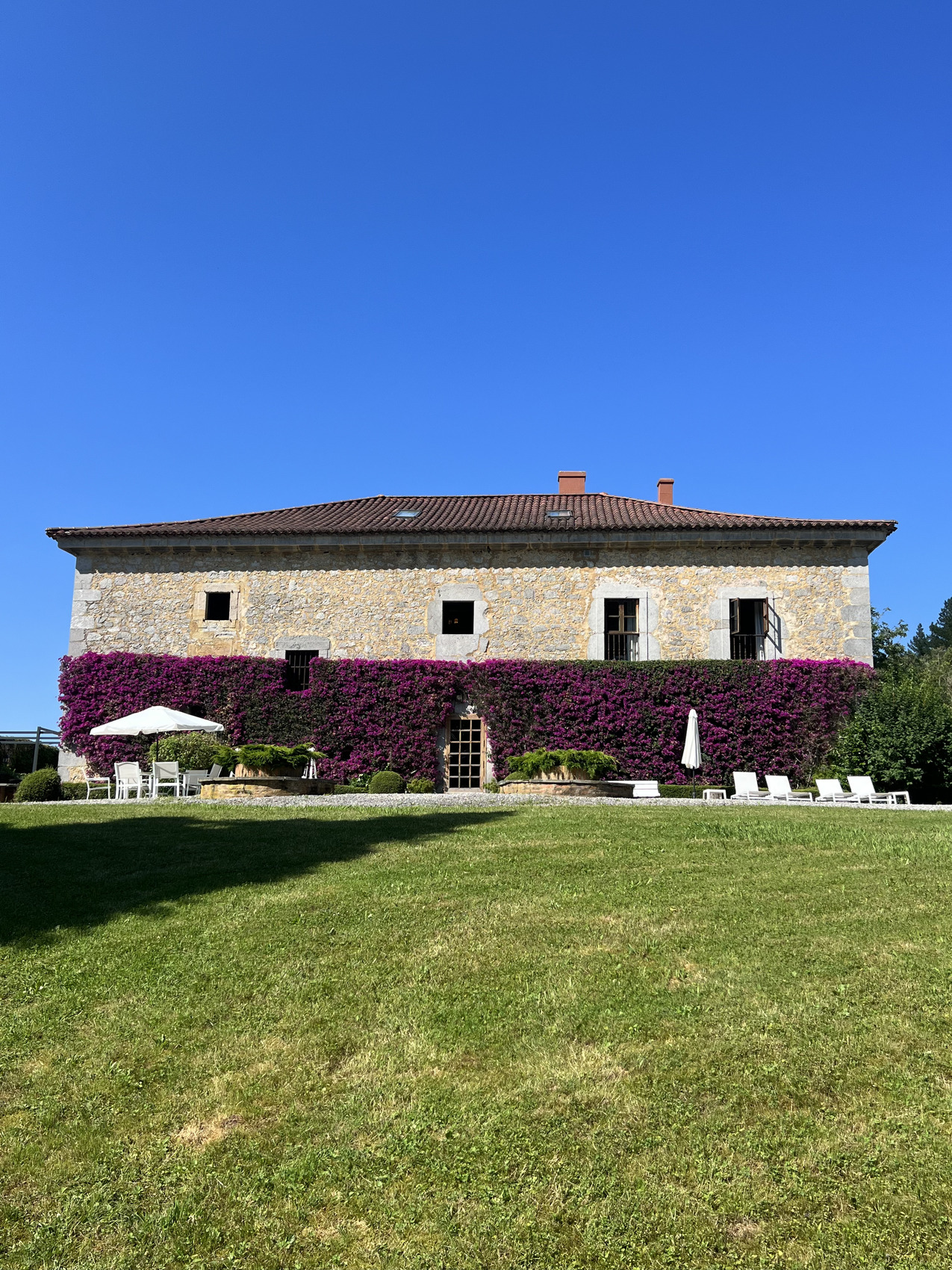
Why have you strengthened your offer in the north of Spain?
Before the pandemic, we bought a 16th century house and completely renovated it. It took us two and a half years because it had protection and complicated administrative management. As a result of that period that we were very present there, we realized the potential and the growing demand, so we decided to start our activity there.
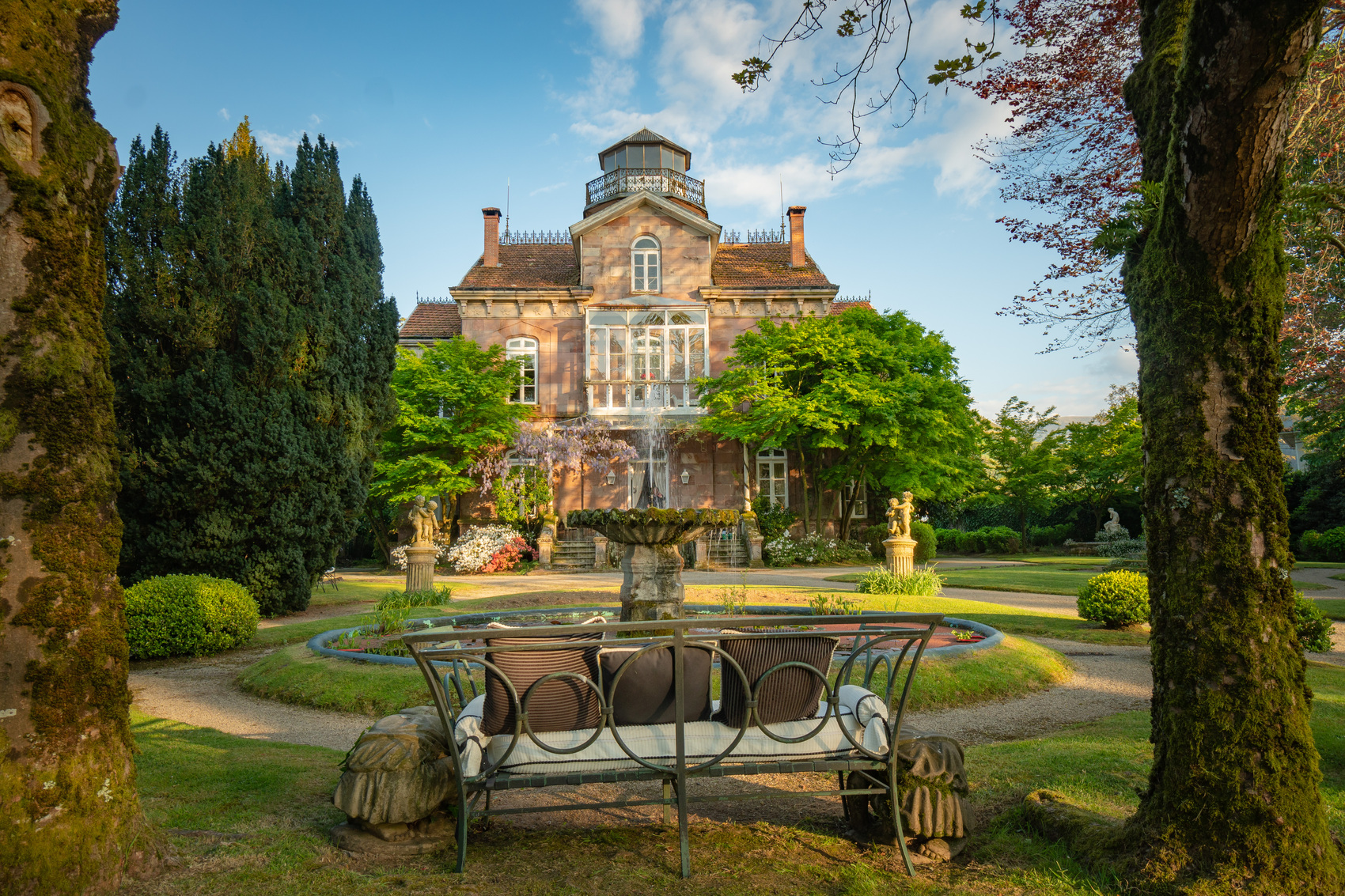
What’s happening?
In a short period of time, interest in the north has been on the rise. People are fleeing the heat and Cantabria has become fashionable, in particular the western area and the eastern part of Asturias. Since the pandemic, we have appreciated nature and less crowded places much more. People look for unique houses, of indians and the local architecture is very appreciated. There are jewels that had not been sold before and have been for many years. In most cases they are for rehabilitation. There is much to do in this regard. We value this type of property and have managed to sell, for example, the Roiz Palace, which had been on the market for ten years and the Indian Palace of Las Magnolias. Both in the last two years.
Do you keep track of the properties?
In the end they have something of ours or we have some of them, because we have managed them in such a personal way and with so much love that some owners when rehabilitating them ask us to include them in our portfolio of events or in the collection of houses for travelers. Once sold we follow the evolution, how the work goes and the whole process, because a very personal relationship is established with each new owner.
Why do you think the real estate proliferation?
It is a booming sector right now. In fact, Madrid has positioned itself among the most interesting cities to invest in, it is an object of desire and it is fashionable. The city is mentioned in all international circuits and to this is added the growth of cultural, artistic and leisure proposals. There are also international projects that choose Madrid to establish their headquarters. The catering sector was already expanding but now also the cultural one is in effervescence. All this interest in Madrid leads to a greater demand. That is why so many real estate companies have emerged. At the moment there is more demand than supply, which directly impacts on prices.
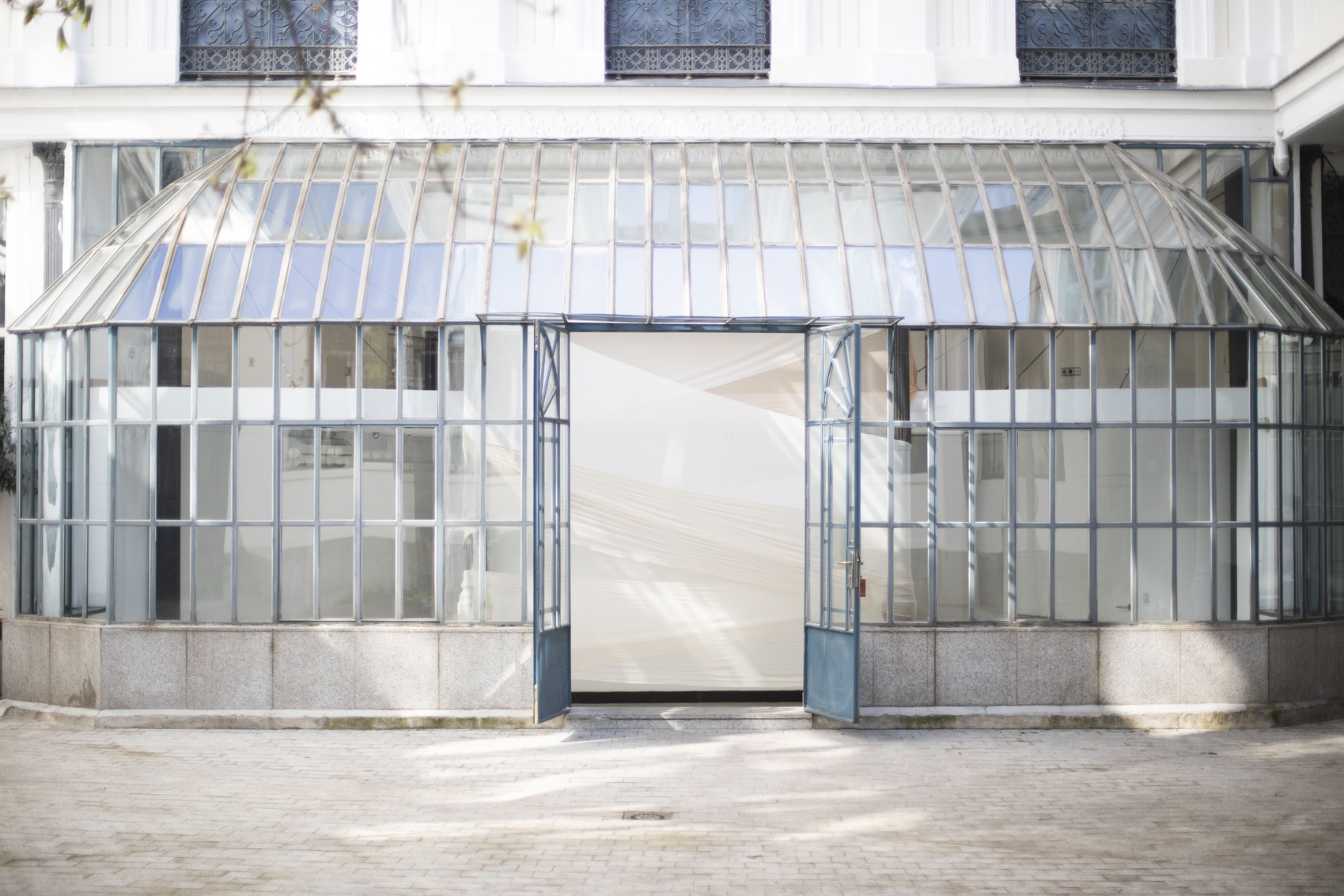
What is the sector suffering?
We think you need a professionalization because there is a lot of intrusiveness. Selling a house is not hanging it on a portal and waiting for someone to call. You have to know the processes, advise the customer and know how to accompany him until the end solving with agility any unforeseen events that may arise. There are agents whose strategy is based on overvaluing the property in order to obtain a mandate of ownership, with disastrous consequences because they end up ‘burning’ the property over exposing it, Creating false expectations for the owners and considerably lengthening the sale process with all that this entails. It is a short-term vision that together with other bad practices denote this profession. Being professional is to be honest with customers, even if you tell them.
Loyalty is your strength and differentiates you in the sector, what do you offer to your customers so they repeat and trust you so much?
We are what we say we are because for us consistency has always been very important. We believe that our filter in the selection of properties and in the relationship with customers is decisive to build this long-term trust. We manage both the search for the house to buy or sale, the place to spend your holidays and sometimes we monetize your properties. In many cases they become friends. We work with the client. Although the search for a la carte is more evident in the north because we make the journey to find the desired house, with direct access to the beach, overlooking the sea… We do a very specific job. When you know your client very well, it is likely that we will find what he is looking for. When we see a property we know who specifically may be interested because we know what their style, how they are their tastes, what excites them, the rehabilitation that they would like to do… There are a lot of data we work with. We finally know their way of life and that is because we offer a very personalized attention.
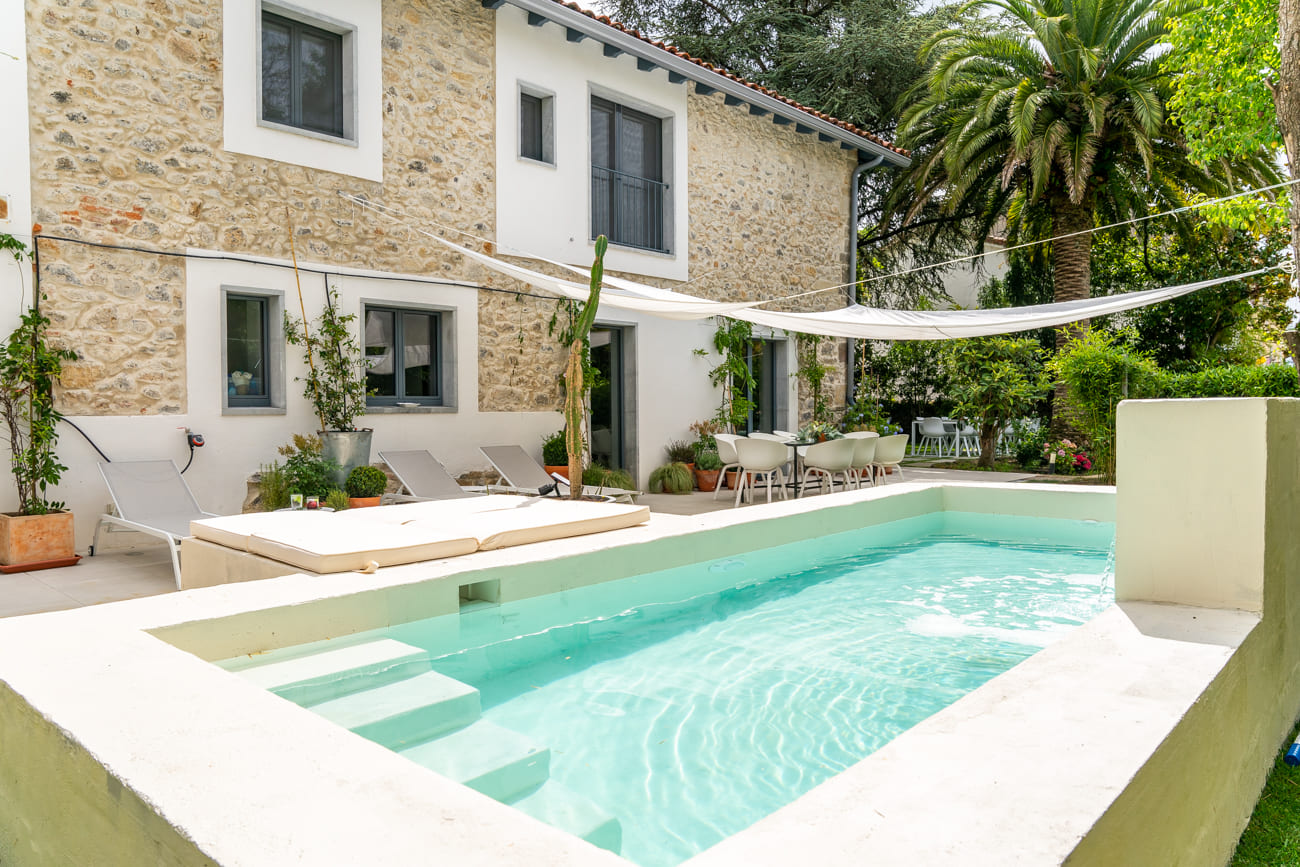
You avoid the word luxury by definition, why?
Within luxury, which everyone understands by it, we are a small niche that speaks of architecture, art and design. Ours is a more cultural profile. Our client has concerns related to these three disciplines and is interested in everything that is culture. This is how we define ourselves within the luxury segment.
Tell us your plans for the future.
We are expanding the commercial structure to offer our customers more places in Madrid and other strategic places such as Asturias, Cantabria, Balearic Islands and Galicia, which seems to us an interesting place. We also want to do something on the Costa del Sol. These are our growing markets because we are consolidating new challenges. We have noticed a growing interest since the pandemic for cottages that are about an hour from Madrid and this is a product that we manage right now.
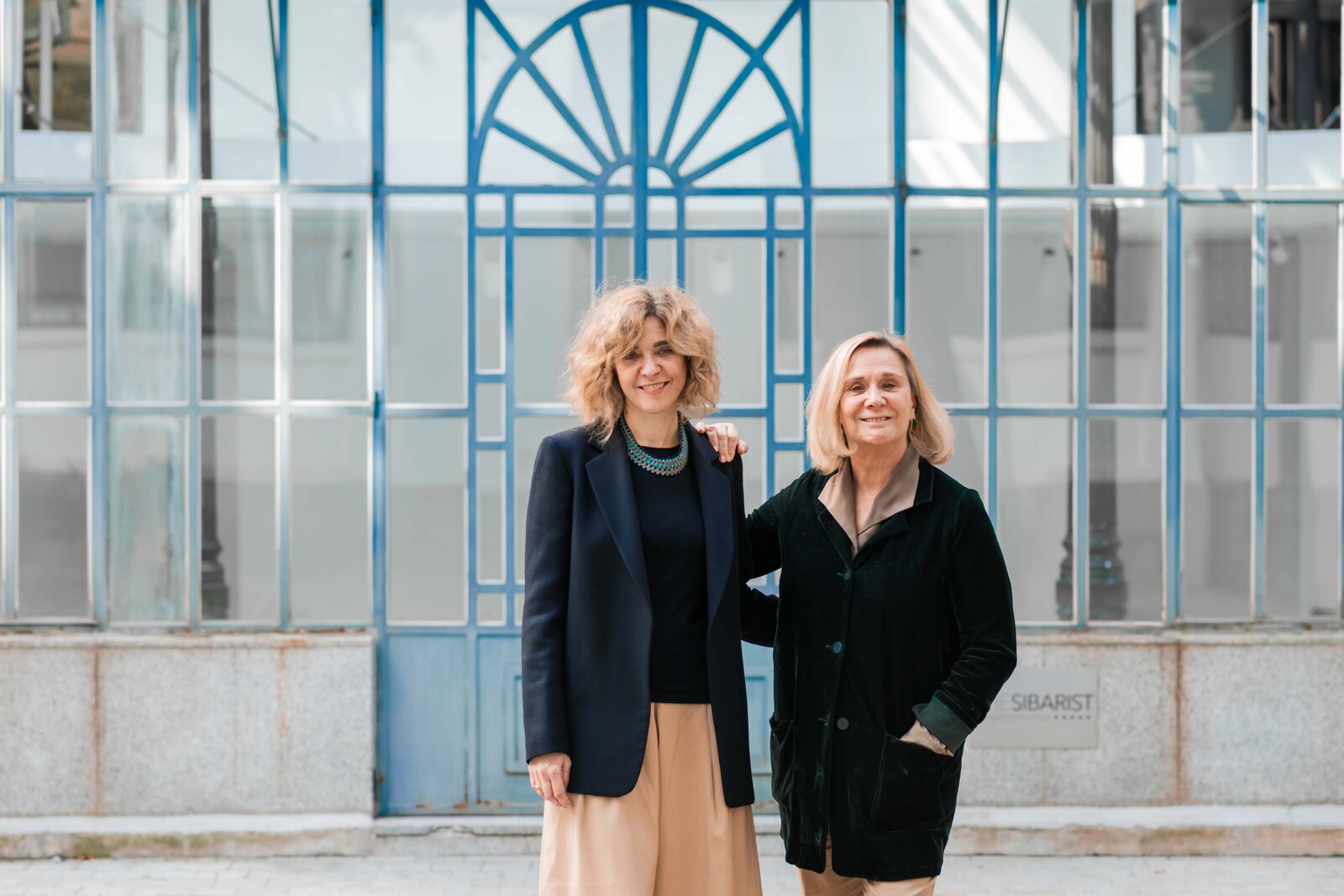
Written by: Beatriz Fabián
Beatriz is a journalist specialized in editorial content offline and online on design, architecture, interior design, art, gastronomy and lifestyle.